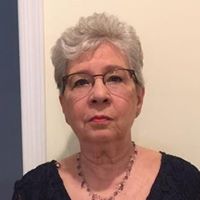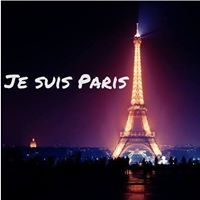Which artist created some of the most incisive portrayals of the horrors of war?
In this instance, the artist who created some of the most incisive portrayals of the horrors of war in art was Francisco José de Goya y Lucientes, aka Francisco Goya (1746 – 1828), a Spanish romantic painter and print-maker.
In 1807 Napoleon led the French army into the Peninsular War against Spain. Goya remained in Madrid during the war; this major event deeply affected him. Although he did not vocalize his thoughts or beliefs in public, they have now been inferred from his "Disasters of War" series of prints (published 35 years after his death). His 1814 paintings "The Second of May 1808" and "The Third of May 1808" are other works used to show some of the horrors of war.
Besides Goya's works dealing with war, during his career as an artist, he produced the "Los Caprichos", a set of 80 prints in aquatint and etching and "Los Disparates", also known as Proverbios or Sueños, a series of prints in aquatint and etching with retouching in drypoint and burin. These works and a wide variety of astute paintings were concerned with insanity, mental asylums, witches, fantastical creatures, and religious and political corruption, all of which suggest that Goya feared for both his country's fate and his own mental and physical health.
Goya was born in March 1746 in Fuendetodos, Aragon, Spain. He lived to be 82 years old and died in April 1828 in Bordeaux, France. He was an important artist of the late 18th and early 19th centuries. He was immensely successful during life.
More Info:
en.wikipedia.org





